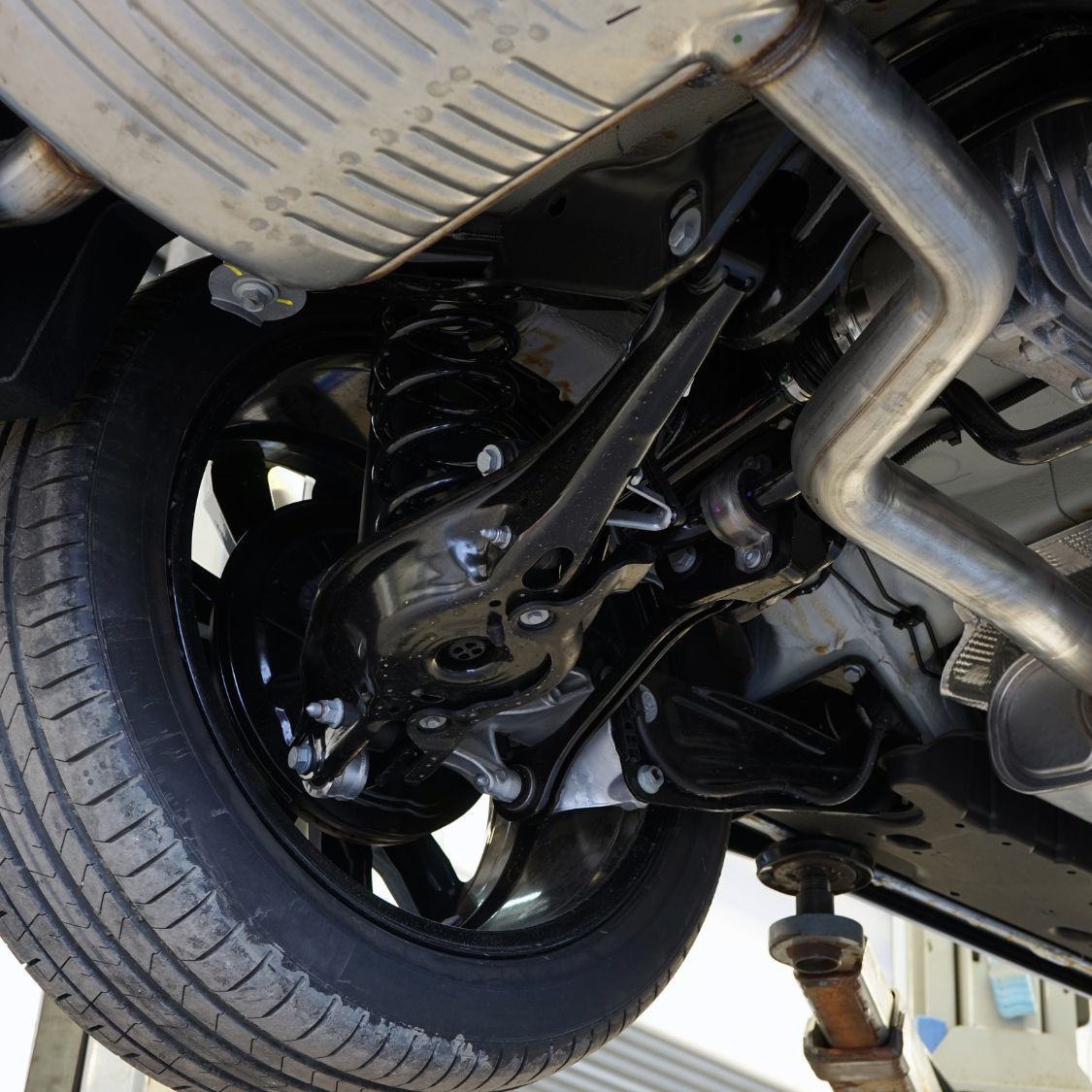
Vehicles have changed a lot throughout the past 140 or so years. Technology is still rapidly advancing, and those advancements will continue to transform the automotive industry. These advancements come in all shapes and sizes, from steering to engines to tires. Understanding the top ways that vehicles have changed over time is an important part of giving your own vehicle the appreciation it deserves.
Maps and GPS
The world of driving looks quite different than it did at its inception, and a big reason is maps and GPS (global positioning systems). When vehicles first hit the market in the early 1900s, there were few roads to drive on, so maps weren’t really necessary. Later, with the development of the highway system, people were driving much farther than before and often into unfamiliar territory. Maps made this traversal easier, and as technology grew more prevalent, those maps became digital. Driving into the unknown is now incredibly common, and many people still rely on GPS even in their home cities. It may seem as though vehicles have reached the pinnacle of navigation technology, but there’s likely much more room to grow.
Automotive Suspension
In the early days of the automobile industry, vehicles didn’t really have what modern-day manufacturers would call a suspension system. Instead, any bump or pothole would shake the entire vehicle, damaging it as well as potentially injuring the riders. Thankfully, auto manufacturers began developing a system that would protect vehicles in moments like these and make it easier for vehicles to avoid skidding or losing control when turning. New technologies such as sway bars, coil springs, and air ride airbags have made handling and comfort in vehicles much easier. Automotive suspensions have improved a lot over time, and as technology progresses, they’ll only continue to get better.
Self-Driving
One thing that hasn’t changed is that a driver still needs to sit in the front seat to control the vehicle. However, modern manufacturers are trying to find ways around this as they continue to develop self-driving technology. Many manufacturers are hoping to be the first to put a fully autonomous vehicle on the market. Hollywood has envisioned self-driving vehicles for a long time, and in the next 10 or so years, those fictional depictions may become a reality.
Vehicles have changed a lot over time, and they’ll only continue to change as different manufacturers develop and embrace new technologies. As one of the biggest industries in the world, the auto industry needs to stay on the forefront of new ideas, rising to meet the public’s ever-changing needs. Only time will tell exactly how the vehicles you drive will continue to change.



















